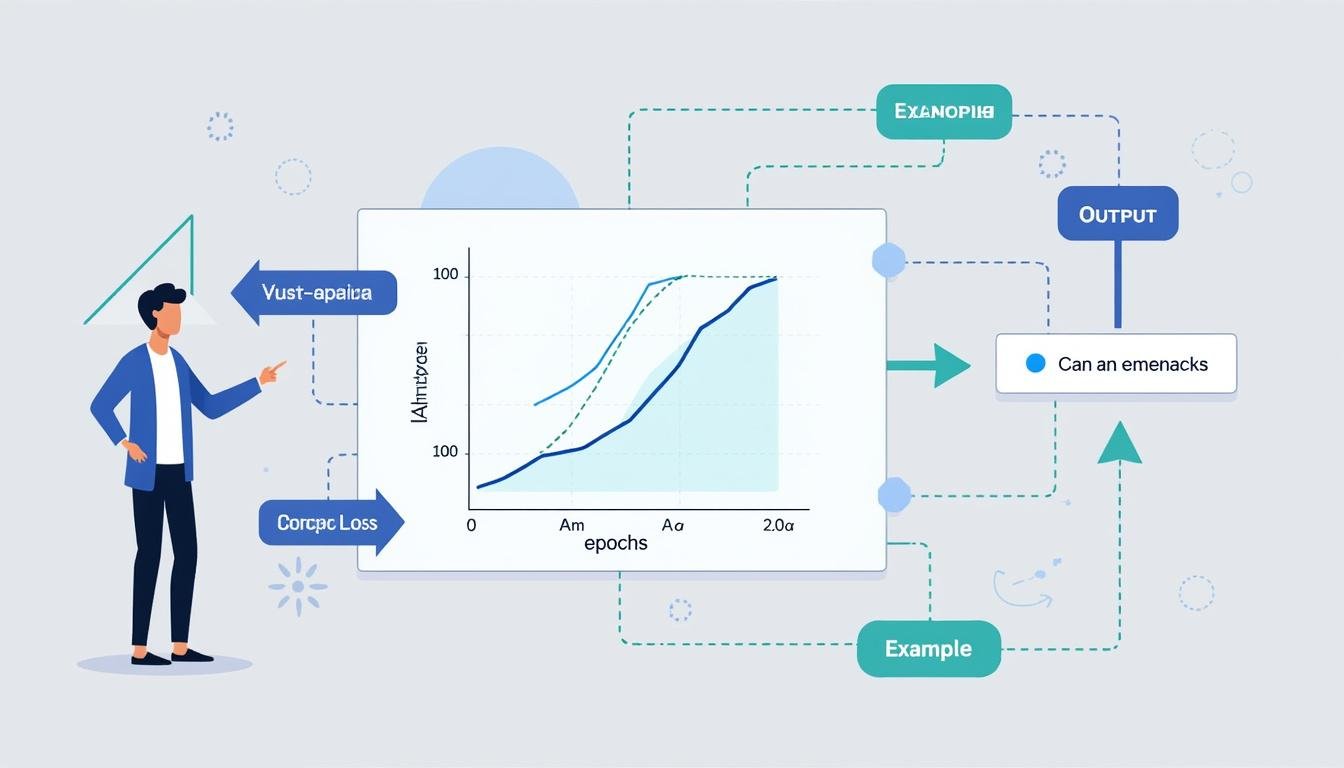In 2025, supervised learning remains a foundational technique everywhere from search rankings to medical imaging. By learning from carefully labeled examples, machines gain the ability to map inputs to correct outputs, powering countless everyday tools. This guide explains what supervised learning is, how it works, the key algorithms, and real-world impact across industries. It also points to practical resources and ways to get started today.
- What it is: learning from labeled data to predict outputs for new inputs.
- Primary tasks: classification and regression.
- Core workflow: gather labeled data, train a model, evaluate, and deploy.
- Industry relevance: used by Google, Microsoft, Amazon, IBM, NVIDIA, Facebook, Apple, OpenAI, Databricks, and TensorFlow ecosystems.
- Learning path: start with fundamentals, then explore algorithms, evaluation, and deployment.
Understanding Supervised Learning: A Guide to Teaching Machines through Data
Supervised learning is the process of teaching a model by example. A dataset of inputs paired with correct outputs (labels) is used to train the model to generalize to new, unseen data. In 2025, the practice is deeply integrated into cloud platforms and ML frameworks that make labeling, training, and deployment scalable for businesses of all sizes. The power of supervised learning comes from how clearly labeled data guides the model to discern patterns, relationships, and decision boundaries across diverse domains. To illustrate, consider how search engines learn to rank results, or how spam filters distinguish harmful messages from legitimate ones—each task relies on examples the system can imitate when facing new inputs.
- Key concept: labeled examples teach the model what the correct output should be for each input.
- Common tasks: classification (discrete labels) and regression (numeric outputs).
- Industrial relevance: major tech players leverage supervised learning in products and services; see machine learning introductions for context.

Understanding Supervised Learning Works in Practice
The practice starts with assembling labeled data that exemplifies the task. Next, a model type is chosen based on the problem (e.g., linear relationships, complex patterns, or sequences). Training adjusts the model parameters to minimize the difference between predicted and true labels. Evaluation uses held-out data to estimate performance on new cases, and deployment integrates the model into real systems with monitoring for drift and degradation. As 2025 trends show, robust labeling pipelines, data quality, and model governance are as important as the algorithms themselves.
- Prepare labeled data: collect inputs and correct outputs, ensuring quality and representativeness.
- Choose a model: pick an algorithm suitable for the task (e.g., regression for numeric values, classifiers for categories).
- Train and optimize: adjust parameters to minimize error on the training data while guarding against overfitting.
- Evaluate: measure accuracy, precision/recall, or RMSE on a separate validation set.
- Deploy and monitor: integrate into production systems and track performance over time.
For a concise visualization of the core ideas, see the explanatory video above. It places labeled data at the center, showing how predictions improve as the model learns from examples. In 2025, these explanations are complemented by practical demos from platforms like Google Cloud, Microsoft Azure, and OpenAI tooling.
Popular Algorithms and Models in Supervised Learning
- Linear and Logistic Regression for simple, interpretable mappings and binary classification.
- Decision Trees and Random Forests for non-linear relationships and robust performance with minimal feature engineering.
- Support Vector Machines for high-dimensional spaces and margin optimization.
- Neural Networks (including deep learning) for complex patterns, sequences, and perceptual tasks.
- Ensemble methods combine multiple models to boost accuracy and stability.
| Algorithm | Typical Use Case | Strengths | Limitations |
|---|---|---|---|
| Linear Regression | Predicting continuous values (e.g., prices) | Simple, fast, interpretable | Limited for non-linear patterns |
| Logistic Regression | Binary classification (spam/not spam) | Probabilistic outputs, easy to regularize | Less effective with complex boundaries |
| Decision Trees / Random Forests | Categorical and numerical data | Handle non-linearities, interpretable (trees) | Prone to overfitting (trees alone) but improved with ensemble |
| Neural Networks | Images, text, audio, complex patterns | High expressiveness, scalable with data | Requires substantial data and compute; interpretability challenges |
As 2025 unfolds, frameworks such as TensorFlow and ecosystems like Databricks enable scalable training and deployment. Big players—Google, Microsoft, Amazon, IBM, NVIDIA, Facebook, Apple, OpenAI—continue to drive best practices in labeling, evaluation, and governance. For deeper dives, explore resources from AI insights and innovations and the broader learning paths available at Machine Learning Introduction.
Real-World Applications and Industry Impact of Supervised Learning
- Search ranking, ads, and recommendations powering user experiences across Google and Microsoft ecosystems.
- Fraud detection and risk scoring used by Amazon and IBM in financial services.
- Medical imaging and diagnostics aided by deep supervised models deployed by NVIDIA-accelerated pipelines and cloud providers.
- Voice and image recognition in consumer devices from Apple and Facebook products.
- Enterprise data platforms and ML pipelines built with Databricks and TensorFlow.
Industry examples and case studies highlight how labeling quality, data diversity, and evaluation rigor translate into reliable models. For a broader exploration of AI applications, visit articles like decoding deep learning and its influence and neural networks mastering diverse tasks.
| Industry | Key Applications | Data Challenges | Metrics |
|---|---|---|---|
| Tech/Internet | Content ranking, spam filtering, personalization | Label quality, concept drift | Accuracy, AUC, precision/recall |
| Healthcare | Medical imaging, outcome prediction | Data privacy, labeling consistency | Sensitivity, specificity, ROC-AUC |
| Finance | Fraud detection, credit scoring | Data imbalance, evolving threats | FPR, F1, profit impact |
Pour aller plus loin, consult the curated resources on semi-supervised and unsupervised learning, which bridge labeled and unlabeled data and broaden the toolkit for data scientists. See semi-supervised learning explained and unsupervised learning patterns.
Learning Resources and Next Steps in Understanding Supervised Learning
- Build a mini-project: label a small dataset and try a baseline model like linear or logistic regression to observe learning firsthand.
- Explore tutorials on TensorFlow and OpenAI APIs to see practical training pipelines.
- Compare classifiers on a held-out test set to understand evaluation metrics and overfitting versus generalization.
- Read about data labeling best practices and governance to ensure fairness and reliability of models.
- Follow industry trends and case studies from major players and research labs.
For broader context and ongoing developments, check these resources: AI blog articles, reinforcement learning insights, and deep learning influence.
Another concise overview with practical examples across industries is available in the video above. It complements the material here by showing how labeled data drives decision boundaries in real tasks.
These visuals reinforce the distinction between predicting discrete labels and continuous values, a foundational idea for choosing the right model for your problem.
Further Resources and Related Topics to Explore
- Deep learning influence and context
- Variational Autoencoders
- Unsupervised learning patterns
- Semi-supervised learning
- Reinforcement learning
Quelle est la différence principale entre l’apprentissage supervisé et l’apprentissage non supervisé ?
L’apprentissage supervisé utilise des données étiquetées pour apprendre une fonction de prédiction (classification ou régression), tandis que l’apprentissage non supervisé cherche des structures ou motifs dans des données non étiquetées sans indication explicite de la bonne réponse.
Quelles sont les étapes essentielles d’un projet d’apprentissage supervisé ?
Collecte et étiquetage des données, sélection du modèle, entraînement, évaluation sur un ensemble de test, déploiement et surveillance continue pour maintenir la performance.
Comment garantir la fiabilité et l’éthique des modèles supervisés en 2025 ?
Investir dans la qualité des données (biais, diversité), des métriques robustes, la traçabilité des décisions, et des garde-fous opérationnels pour la conformité et la sécurité.
Où trouver des ressources pratiques et à jour sur l’apprentissage supervisé ?
Consulter les guides et articles sur les sites mentionnés ci-dessus et les ressources des grandes entreprises technologiques et des plateformes ML comme TensorFlow et Databricks.




